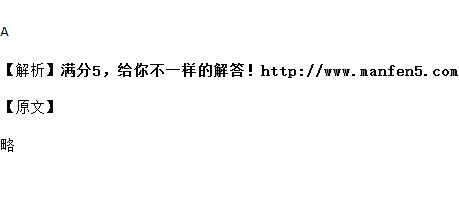题目内容
A. B.
B. C.
C.
Jack Green |
He is 1. in a middle school. |
He is 2. years old. |
He often 3. when it is fine. |
He has4. in his study. |
At home, he often helps me5.. |
Welcome to Hong Kong!Here’s some information about the famous hotels in this area.
The Mira Hong Kong Hotel (★★★★★¥1,310 a night) 118 Nathan Road, Tsim Sha Tsui, Kowloon It is in the middle of Hong Kong’s touring and shopping centers and near Kowloon park. | The Regal Kowloon Hotel (★★★★¥1,310 a night) 71 Mody Road, Tsim Sha Tsui, Kowloon The 4-star hotel is near the Hong Kong Science Museum. It has four restaurants, a bar and a cafe. |
Hotel LKF by Rhombus (★★★★★¥1,697 a night) 33 Wyday Street Central, Land Kwai Fong The hotel offers a spa and dry cleaning. Each room has a TV, a DVD player, a coffee or tea maker, and bottled water. | Sheraton Hong Kong Hotel (★★★★★¥1,781 a night) 20 Nathan Road, Tsim Sha Tsui, Kowloon This hotel is near Victoria Harbour and is only 0.3 kilometers from Hong Kong Museum of Art. |
1.________ of the above hotels is/are in Kowloon.
A.One B.Two C.Three D.Four
2.Tourists can enjoy ________ at the Regal Kowloon Hotel
A.a spa and dry cleaning B.a walk in the Kowloon park
C.a drink in the bar or the café D.a visit to Hong Kong Museum of Art
3.If you want to visit Victoria Harbour, the best hotel for you is ________ .
A.the Mira Hong Kong Hotel B.the Regal Kowloon Hotel
C.Hotel LKF by Rhombus D.Sheraton Hong Kong Hotel


